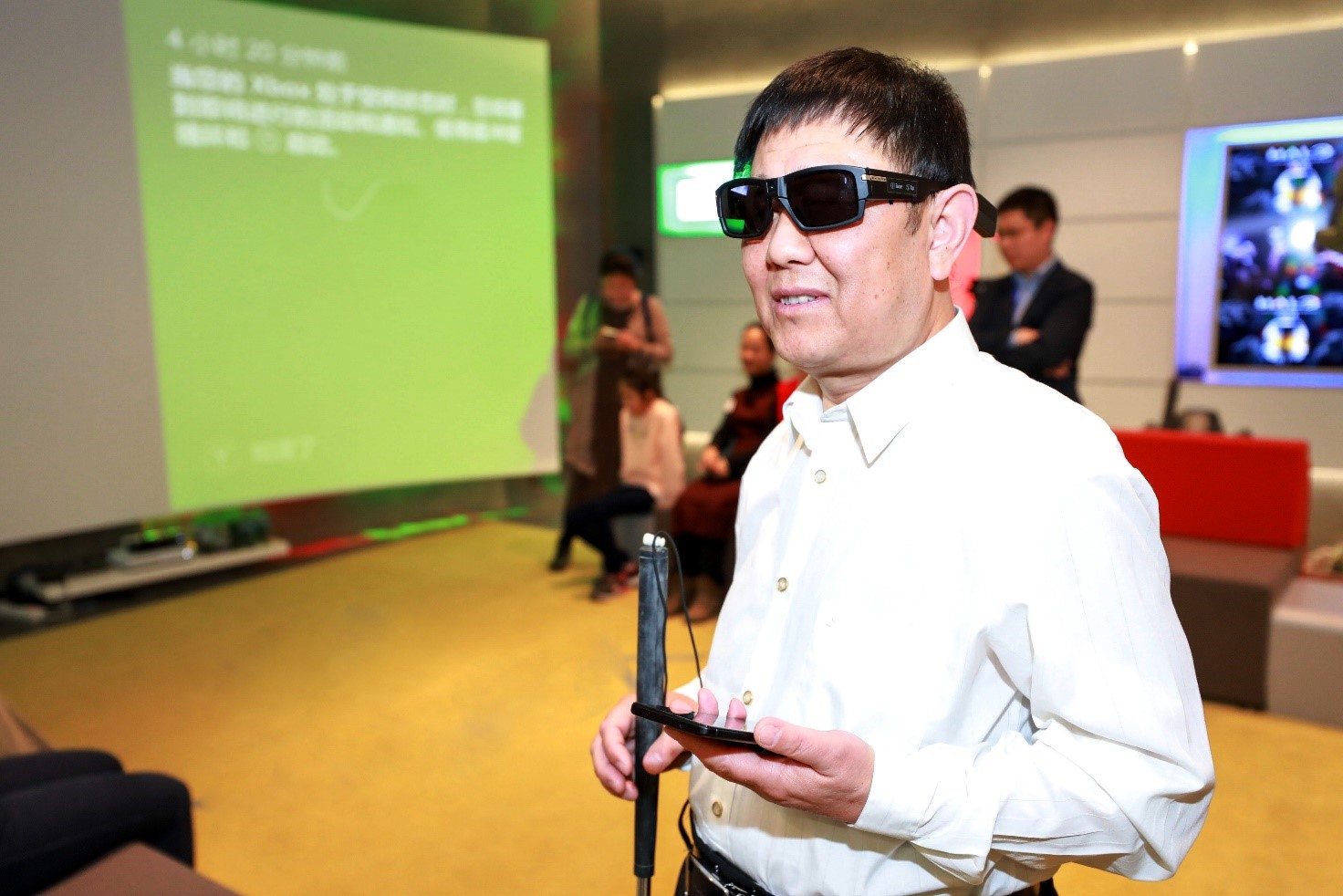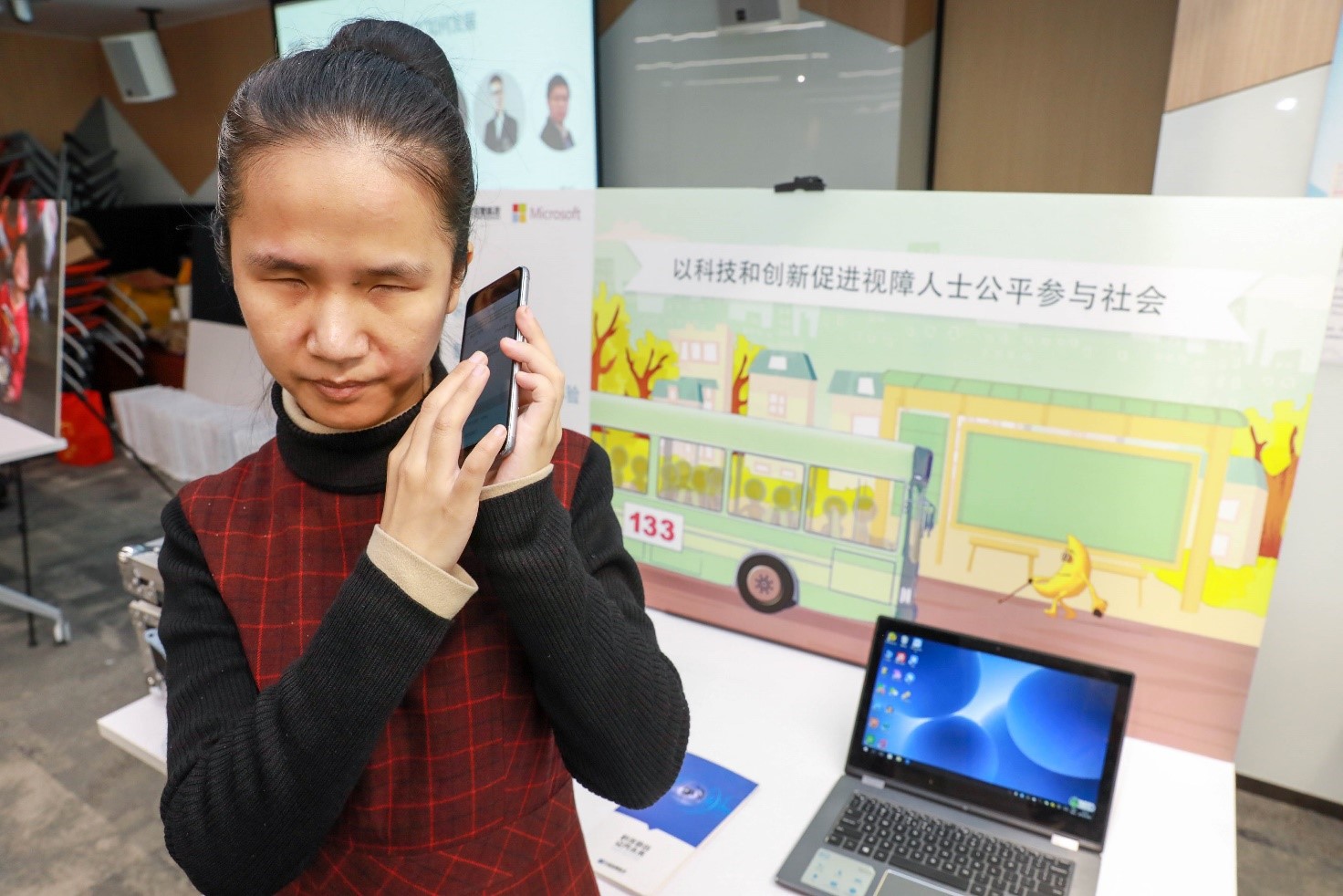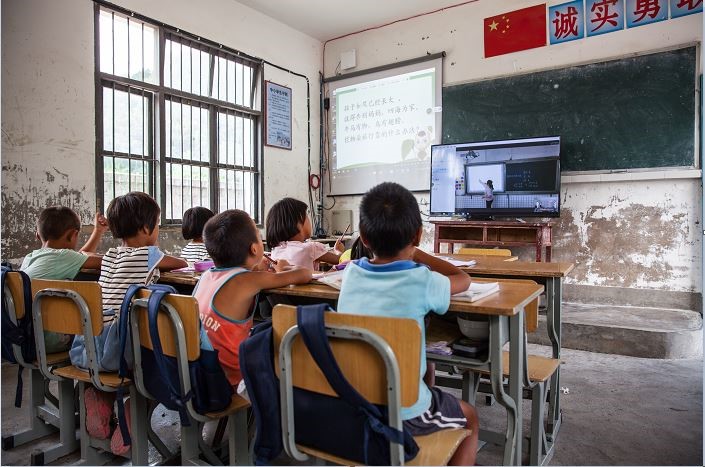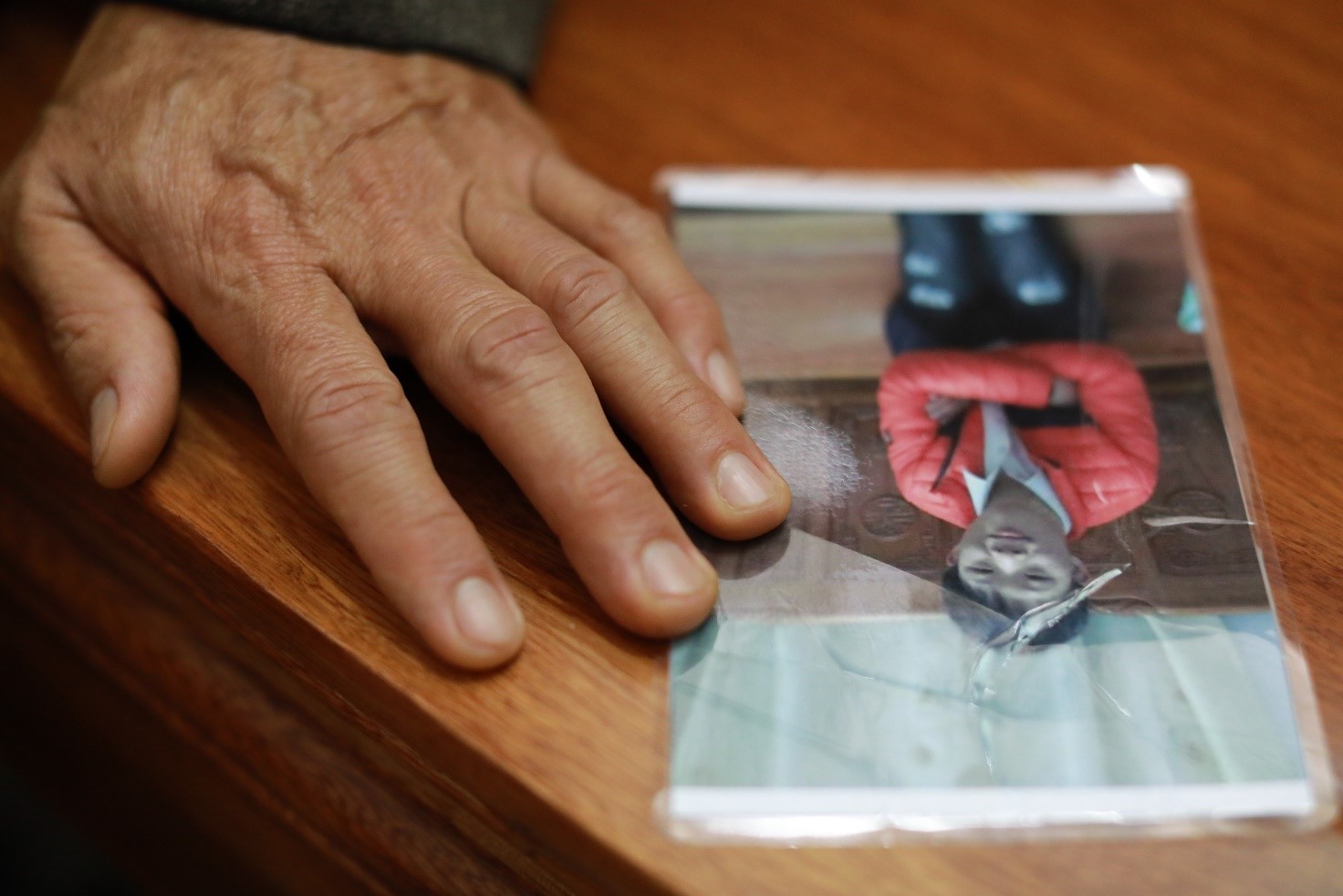
‘AI for Good’: Empowering China’s nonprofits with world-leading technologies
“In front of you is Barack Obama, looking straight towards you.” At the prompt, the volunteer takes off the Seeing AI glasses she was trying on. In front of her was simply a large photograph of Barack Obama that the glasses had decoded with facial recognition.
The Chinese version of Seeing AI was one of the solutions presented at the “Artificial Intelligence (AI) for Good” event held at Microsoft offices in Beijing to empower nonprofit organizations with technology. Over 130 representatives from 78 nonprofits shared their experiences and learnt how others are utilizing Microsoft technologies in their work.
“Since Microsoft entered China, we’ve helped over 100 nonprofits by providing monetary and technology support worth around RMB200 million (USD32 million). This is important, but donations are not going to make a difference in lives,” said Alain Crozier, Chairman and CEO of Microsoft Greater China Region, in his opening remarks. “What will make a difference is the ecosystem of nonprofits, Microsoft technologies, partners and employees coming together to find solutions that will help people.”
Leveraging on Microsoft’s Seeing AI solution, one such partner, Adjacent Technologies, has developed a pair of China-specific smart glasses to give the visually impaired the experience of knowing what lies in front of them. With an inbuilt camera and WiFi connectivity, users will be able to take a photo of what’s in front of them with a press of a button on the leg of the Pivothead glasses. The photo is then sent to servers that use Microsoft’s Cognitive Services – an AI tool set that developers can use in their app or website – where it is converted into text and audio description sent to the user’s mobile phone.
“We have to provide as much details as possible since the wearers are in darkness,” said Chen Jie, Co-Founder of Beijing Adjacent Technologies. The system applies facial recognition and environmental recognition to create a succinct description. It currently works in English, but Microsoft’s translation AI now provides real time descriptions in Chinese. Users can personalize the system by training it with photos of friends, family and colleagues so that the glasses can identify them by name. Demonstrations at the event showcased the level of details the solution can deliver, for example, “I think it’s a young girl playing with an orange frisbee in the park”.
The Bus Listening app developed by Guangzhou Huatu Information Technology was another solution presented at the event to empower the visually impaired by making their public transportation journey easier.

Huatu uses Microsoft Azure to build a city-sized Internet of Things (IoT) solution that informs users of bus arrival timings. “Only 9 percent of China’s 17 million visually impaired people go out on their own and 40 percent of them barely go out at all,” explained Zeng Zhemin, product manager at Huatu.
Zeng’s team has installed 20,000 Bluetooth beacons in buses across Guangzhou, connected to 3,000 guild terminals. After letting the app know their selected bus route and destination, users at enabled bus stops will receive a notification when their bus is 80 meters away and when the bus arrives, a voice prompter will guide them to the bus door. Once on board, the IoT solution generates a notification when the user is one stop away from the destination and once again just as the bus arrives at the stop. At present, the system is operating in Guangzhou and Macao. Visually impaired participants at the event were particularly keen for the service to be made available in Beijing. The team is also developing virtual paths, using beacons, in indoor settings such as subway stations.
The day was also an opportunity for the nonprofit community to discuss the bigger picture. “Welfare isn’t the same as before,” said Wei Qing, Chief Technology Officer of Microsoft China, during a panel discussion. “It’s not just about food, water and clothes, but also about preparing for the future… And we have to make use of the tools at hand to help improve welfare.” Wei believes we are in an AI age, whether we realize it or not. He sees AI as a way of democratizing the current digital divide and that Microsoft can play a role in enabling this shift.
In light of this, Microsoft technologies are supporting a wide range of nonprofits in China, some of which shared their progress at the AI for Good event.

A program with the China Development Research Foundation, Intelligent Village School, uses Kinect, Azure and emotional recognition for remote teaching. One key factor that leads to the inadequate education in rural areas is the lack of teachers and resources. Intelligent Village School allows a teacher in one school to teach a class in another simultaneously via Skype, cameras and screens. An emotion application program interface (API) is also being tested to determine the mood of the pupils.
Another nonprofit, Baby Come Home, has recently added a new tool in its efforts to reunite families with lost children. The Photo Missing Children (PhotoMC) application, based on Microsoft’s Cognitive Services, scans facial images from different databases of missing persons and determines the likelihood that two faces belong to the same person. Accuracy is ensured by using advanced algorithms that analyze 27 different facial features. Compared with the previous method of having volunteers search through databases by eye, the PhotoMC application brings huge improvements in efficiency and accuracy.

“With Baby Come Home, like all nonprofits that presented their AI-powered solutions today, it’s more than just a partnership,” said Crozier. “The engineering teams demonstrated fantastic empathy when working with the partners and this led to solutions that really made some miracles.”
Find out more about Microsoft Philanthropies’ initiatives in China by downloading Microsoft China 2017—2018 Citizenship Report
To read more about Microsoft Philanthropies’ work to build future ready generations in Asia, click here.













